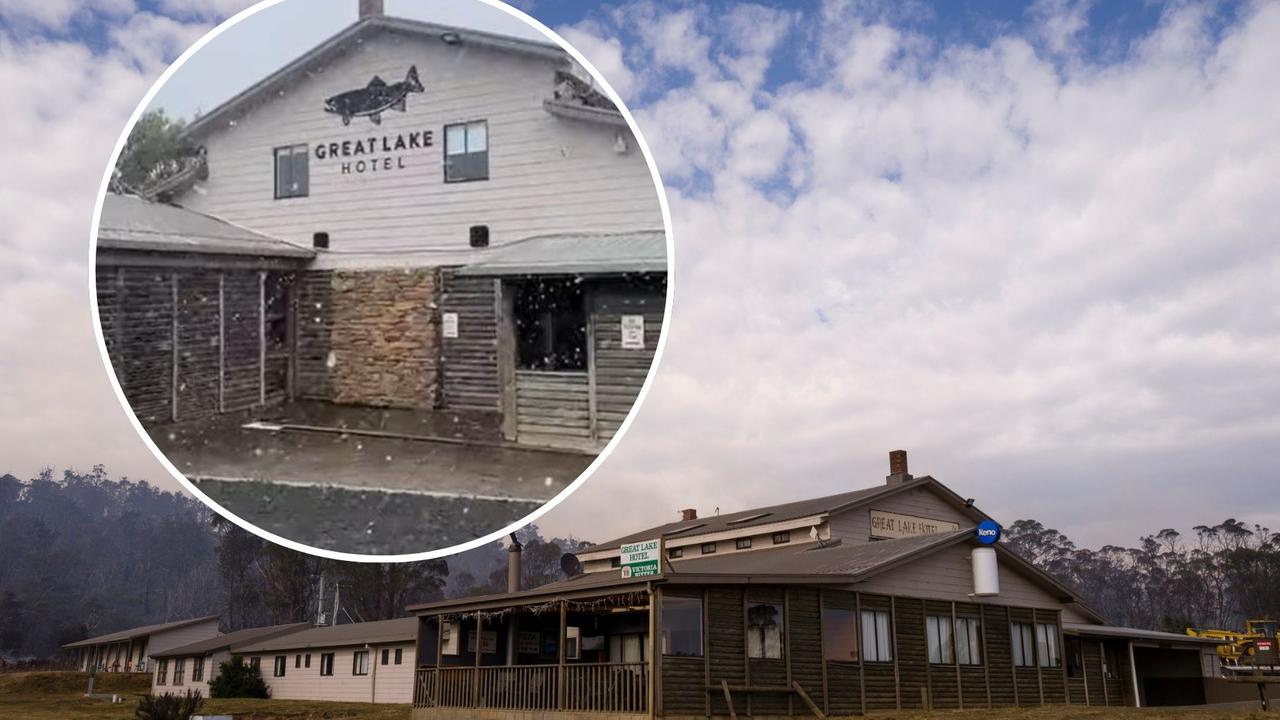Glenorchy City Council closes Glenorchy Memorial Pool over safety concerns
Glenorchy’s pool of six decades has been forced to close, with the mayor revealing why it may never reopen. SEE THE DRONE PHOTOS >>
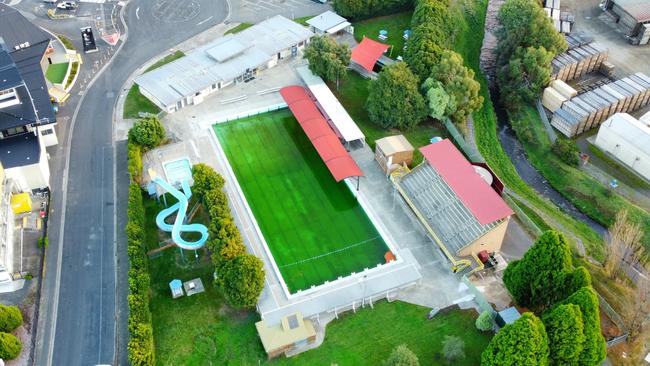
Tasmania
Don't miss out on the headlines from Tasmania. Followed categories will be added to My News.
The Glenorchy War Memorial Pool could be permanently closed because of its “deteriorating” facilities, the council’s mayor says, after it was found to be unsafe.
The pool has been running for more than 60 years, but recently a number of problems were identified, including a leak in the pool shell and structural issues.
Upgrades are needed for the electrical switchboard, the chemical dosing area and the toilets and change rooms.
“Like many such facilities around the country built in the 1960s, the Glenorchy Pool has served its community extremely well over the last 60 years, but it has reached a point where it is deteriorating and is no longer safe for the community to use,” Glenorchy mayor Bec Thomas said.
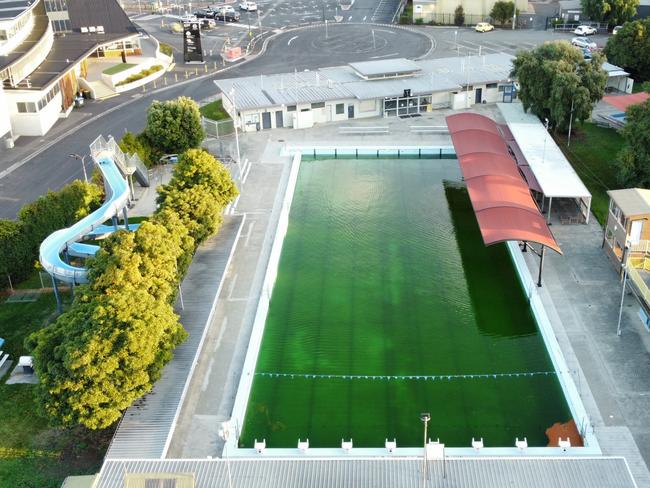
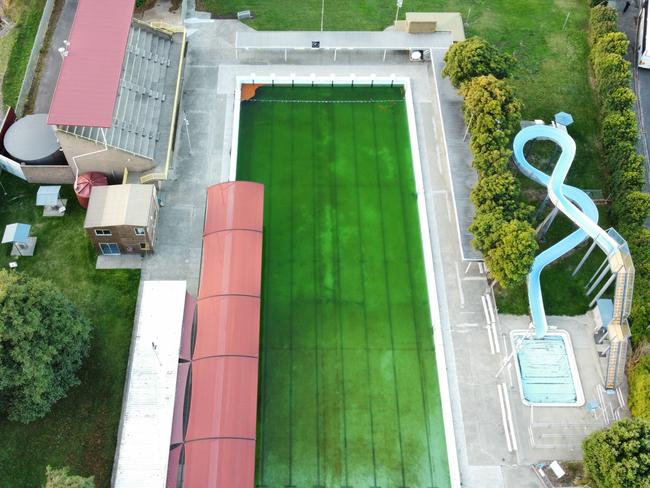
The council will investigate what options are available to them, including the possibility of seeking state or federal funding.
But Ms Thomas said it could be the case it closes permanently.
“While we will consider our options, the scale of the work required is not something the Glenorchy City Council would be able to afford on our own,” Ms Thomas said.
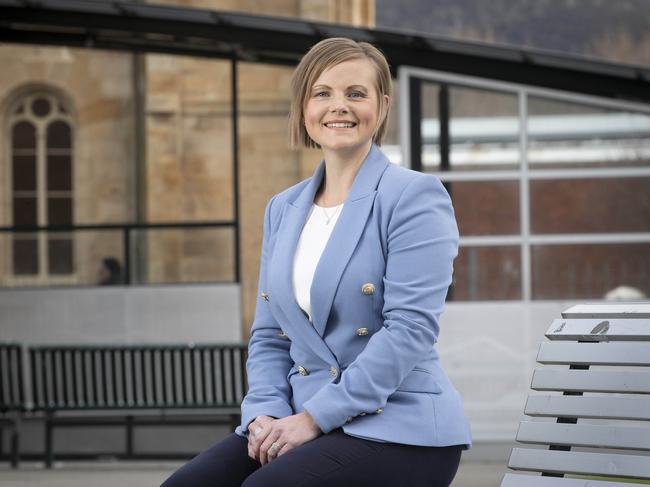
“The business case for the pool, as it is, is not particularly strong. As an outdoor pool it has a limited season, with many people preferring to use Hobart’s Aquatic Centre which is a more modern facility just 10 minutes up the road.”
It costs the council $400,000 a year to run the pool, and last season it was used by fewer than 100 people per day.
Upgrading the pool is estimated to come at a cost of $30m.
“Unfortunately, this is not a quick fix, and as council, we need to be certain we are making
appropriate investment in our community facilities,” Ms Thomas said.
“This means considering not only the upfront cost of redeveloped infrastructure, but also demand and ongoing financial sustainability and the whole-of-life asset cost.”





